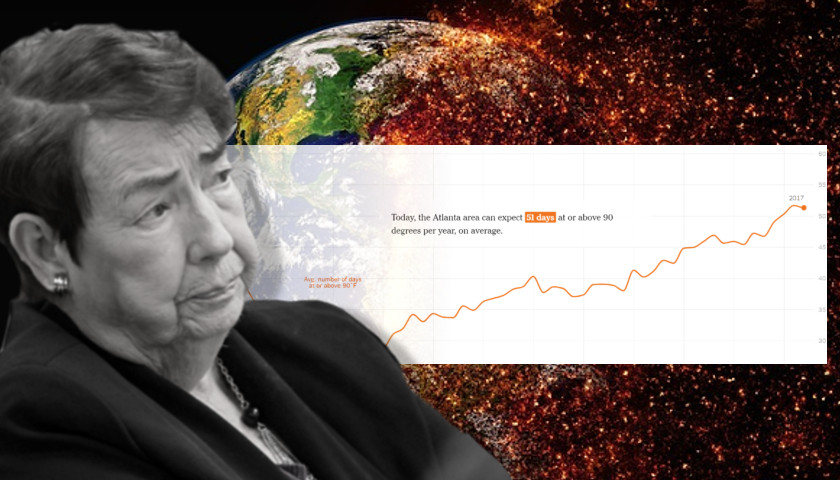A coalition of 15 states agreed to a deal with drug maker Purdue Pharma, which could soon lead to a $4.5 billion settlement over the company’s role in the U.S. opioid epidemic.
The states agreed to no longer oppose Purdue Pharma’s bankruptcy plan while the pharmaceutical company agreed to publicly release a trove of millions of documents, according to a court filing late Wednesday night. The Sackler family, which owns the company, would pay an additional $50 million under the settlement.
The agreement will be tacked onto a broader proposal that is set to be voted on by more than 3,000 plaintiffs, The New York Times reported. In addition to the states, plaintiffs include cities, counties and tribes that sued the company over its role in boosting its painkiller OxyContin, the cause of thousands of opioid deaths.
Read the full story



